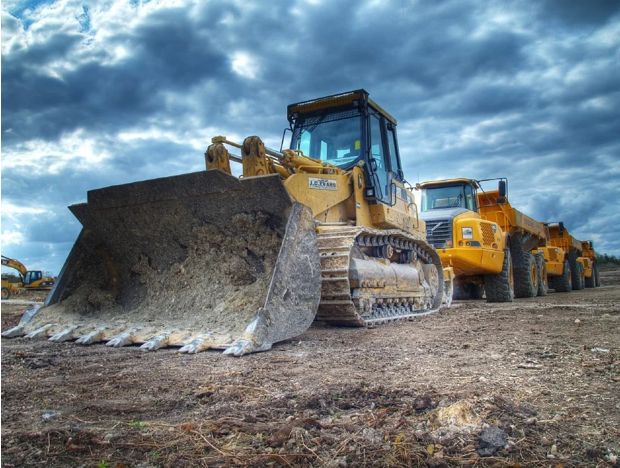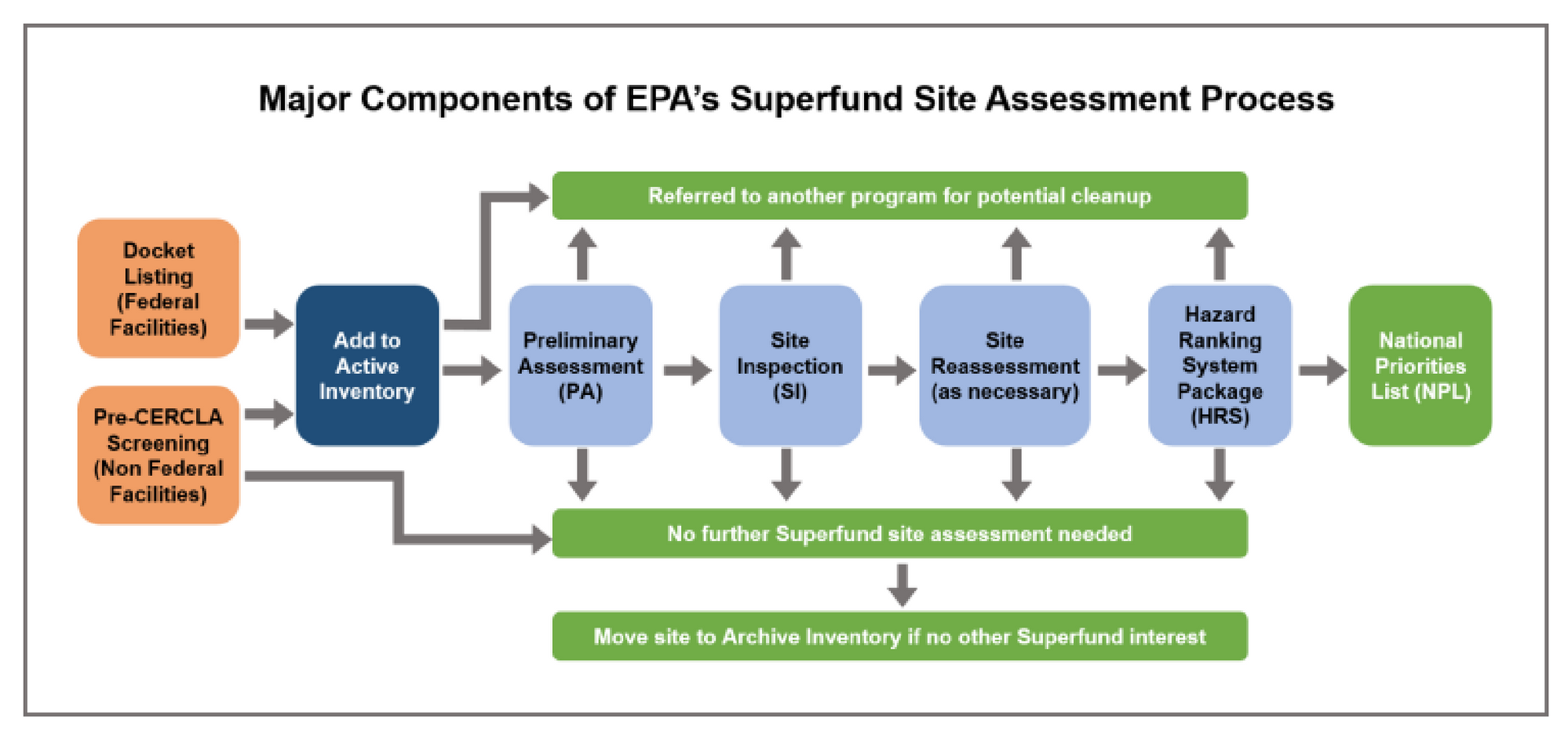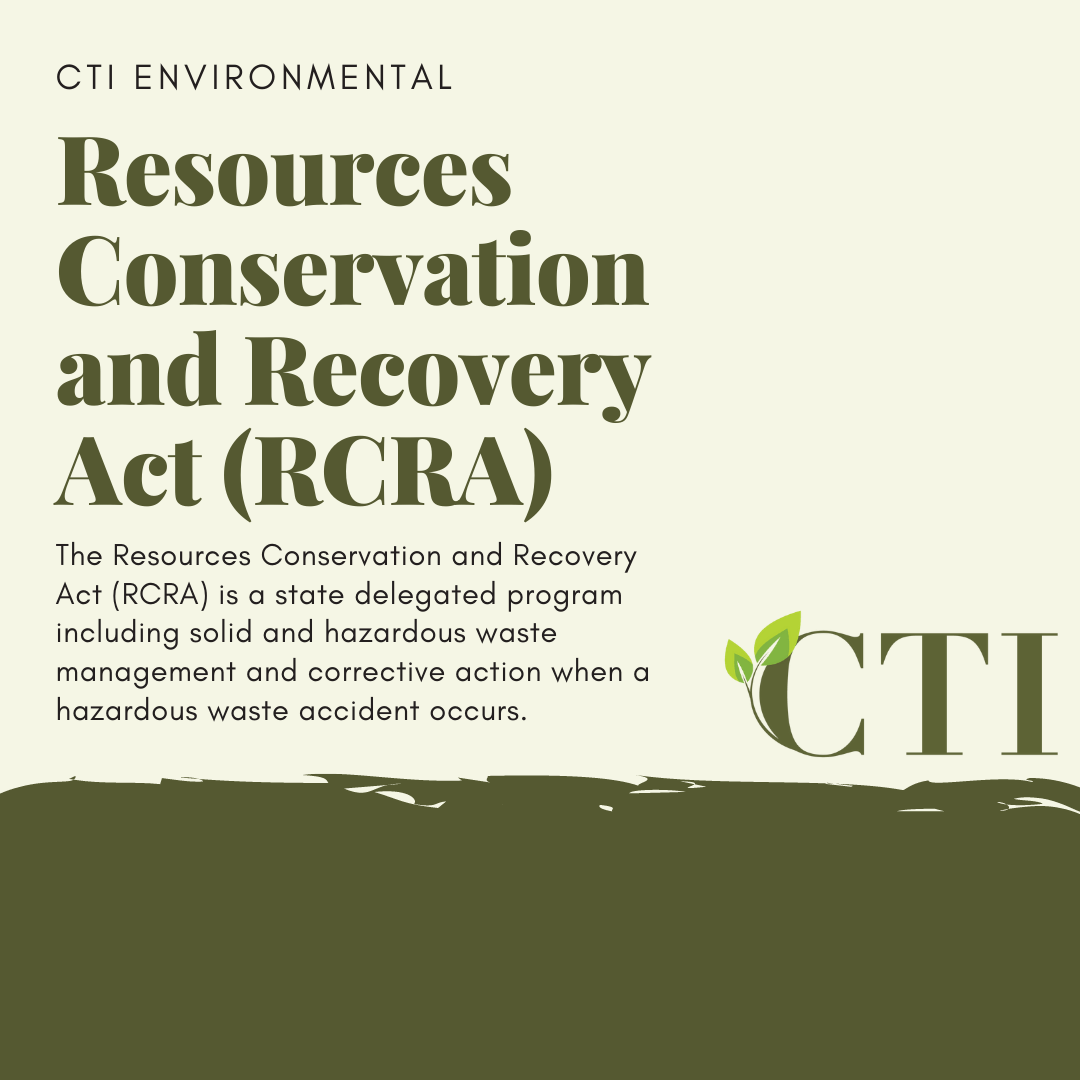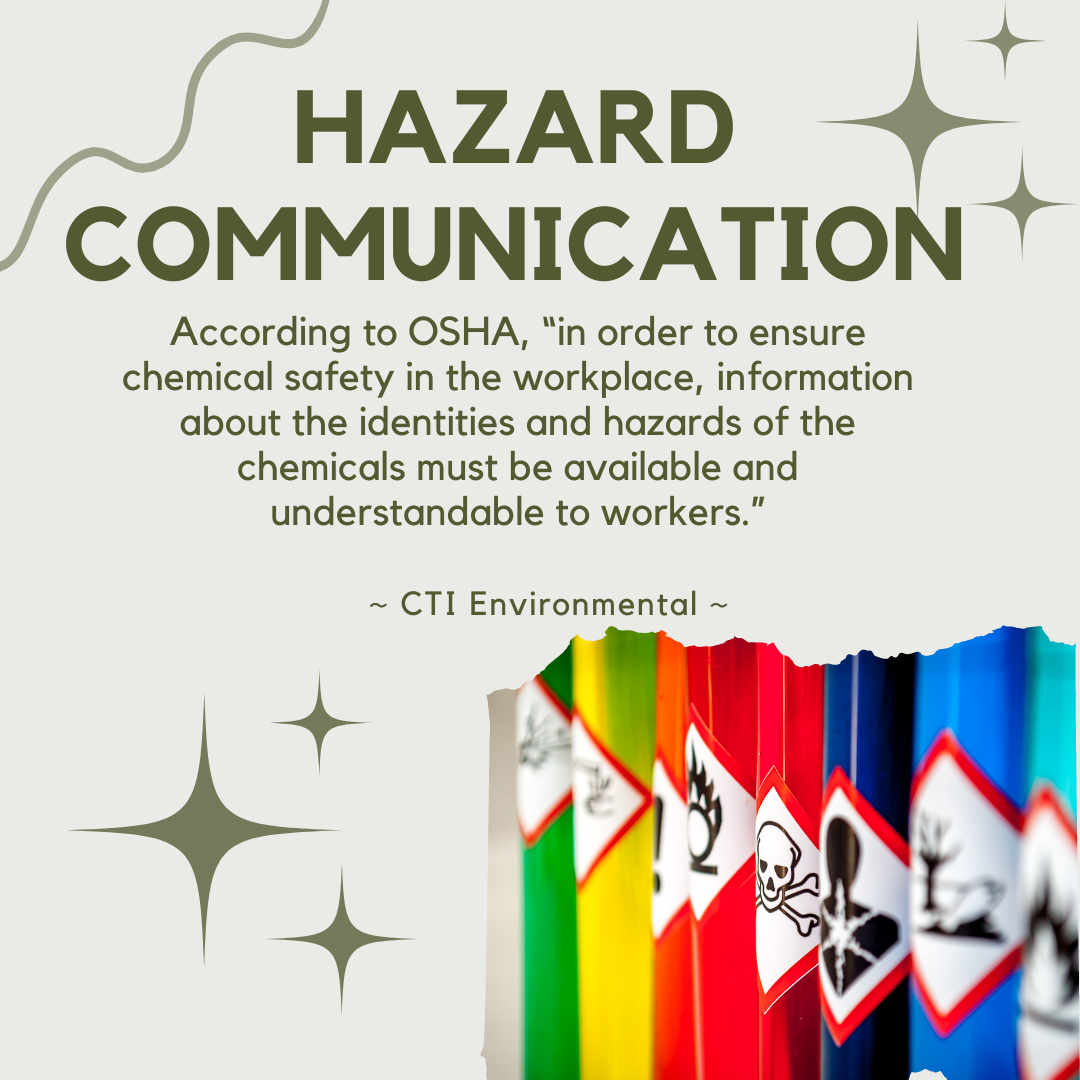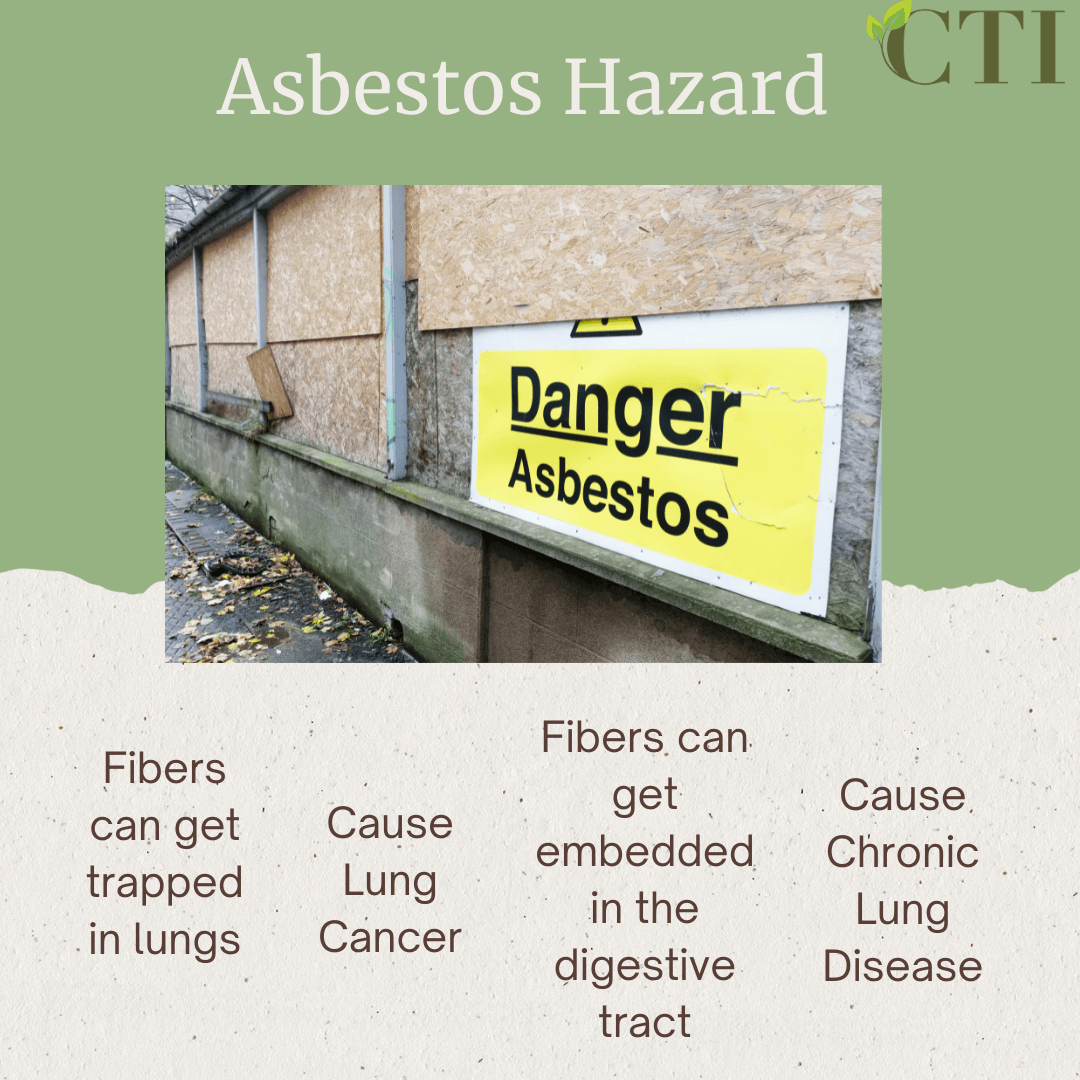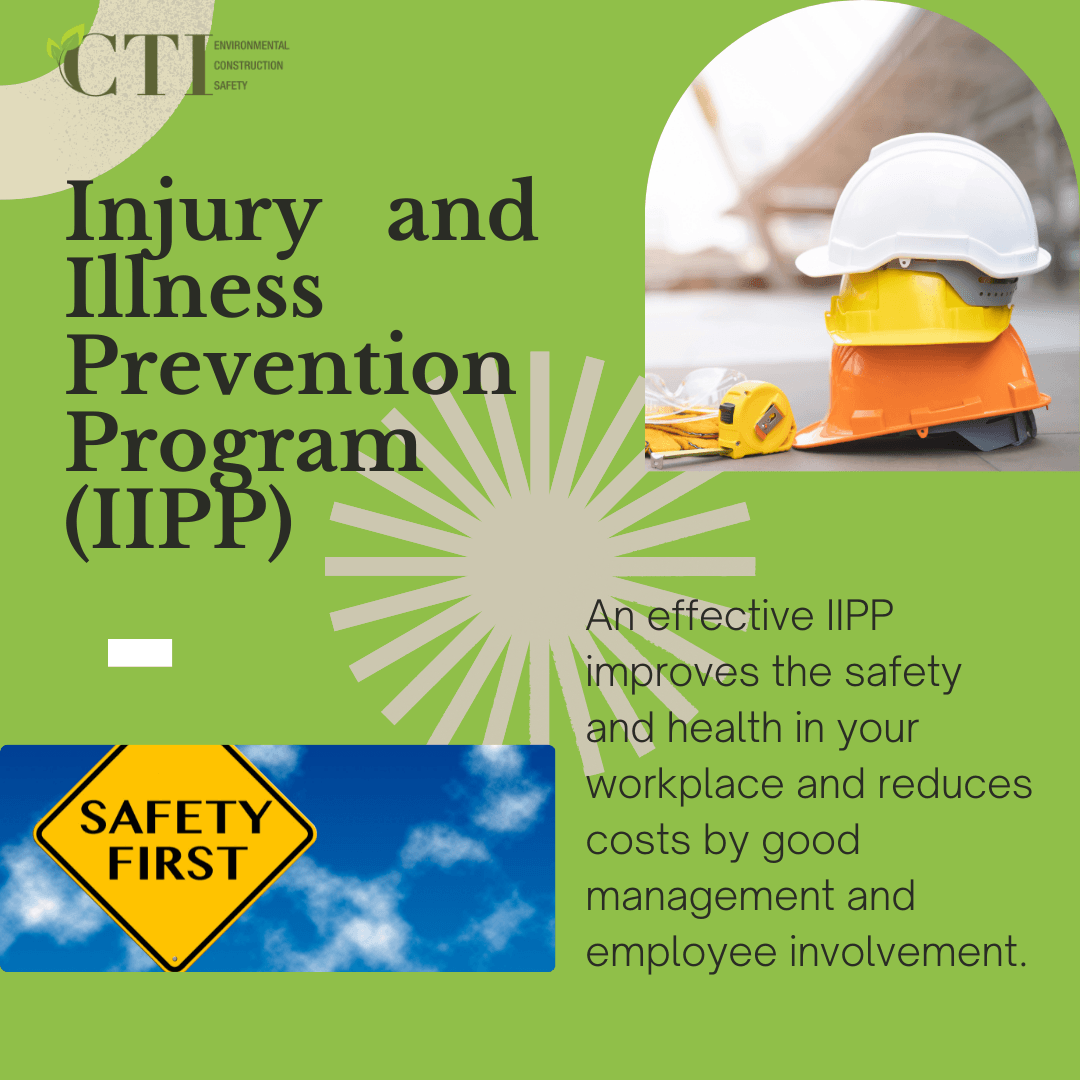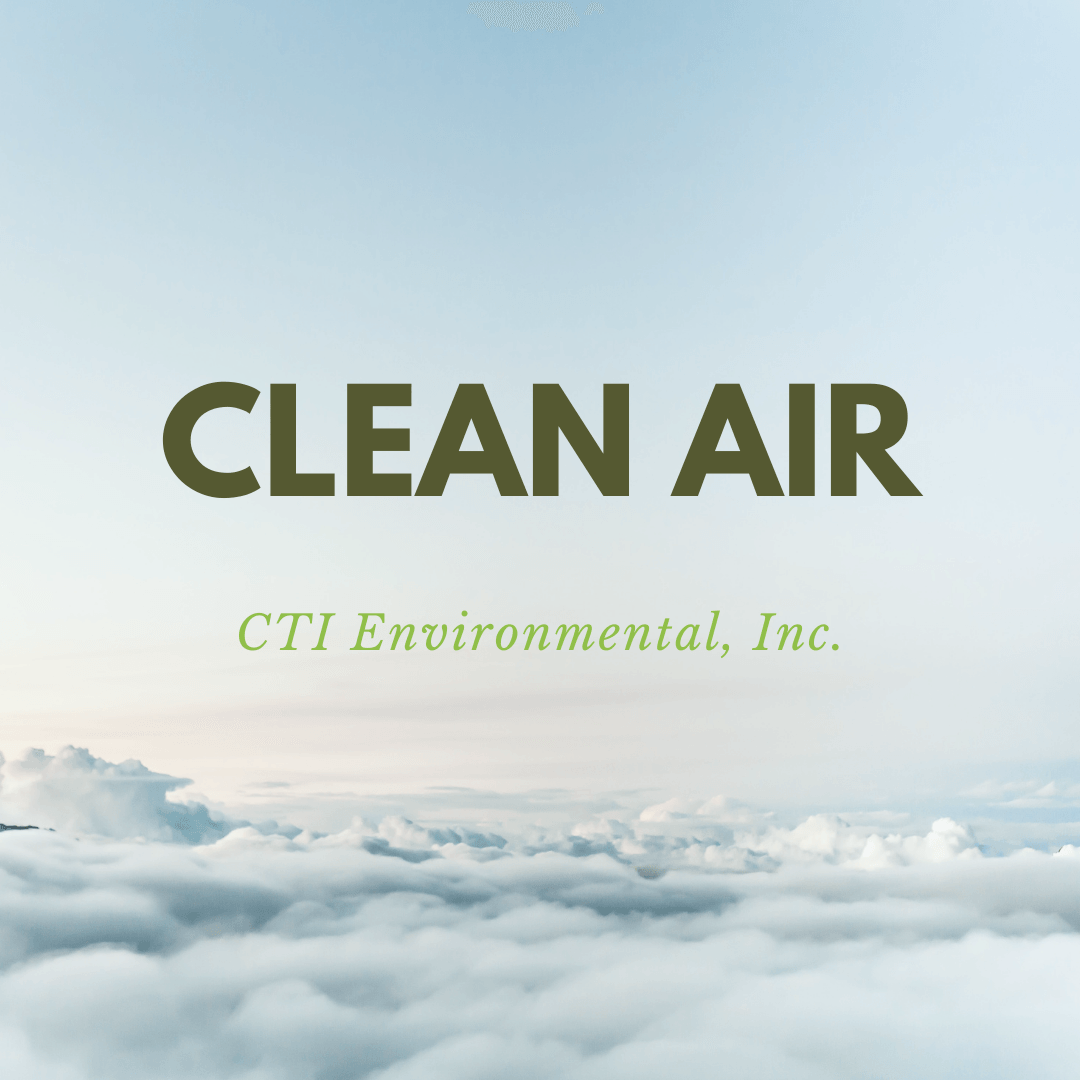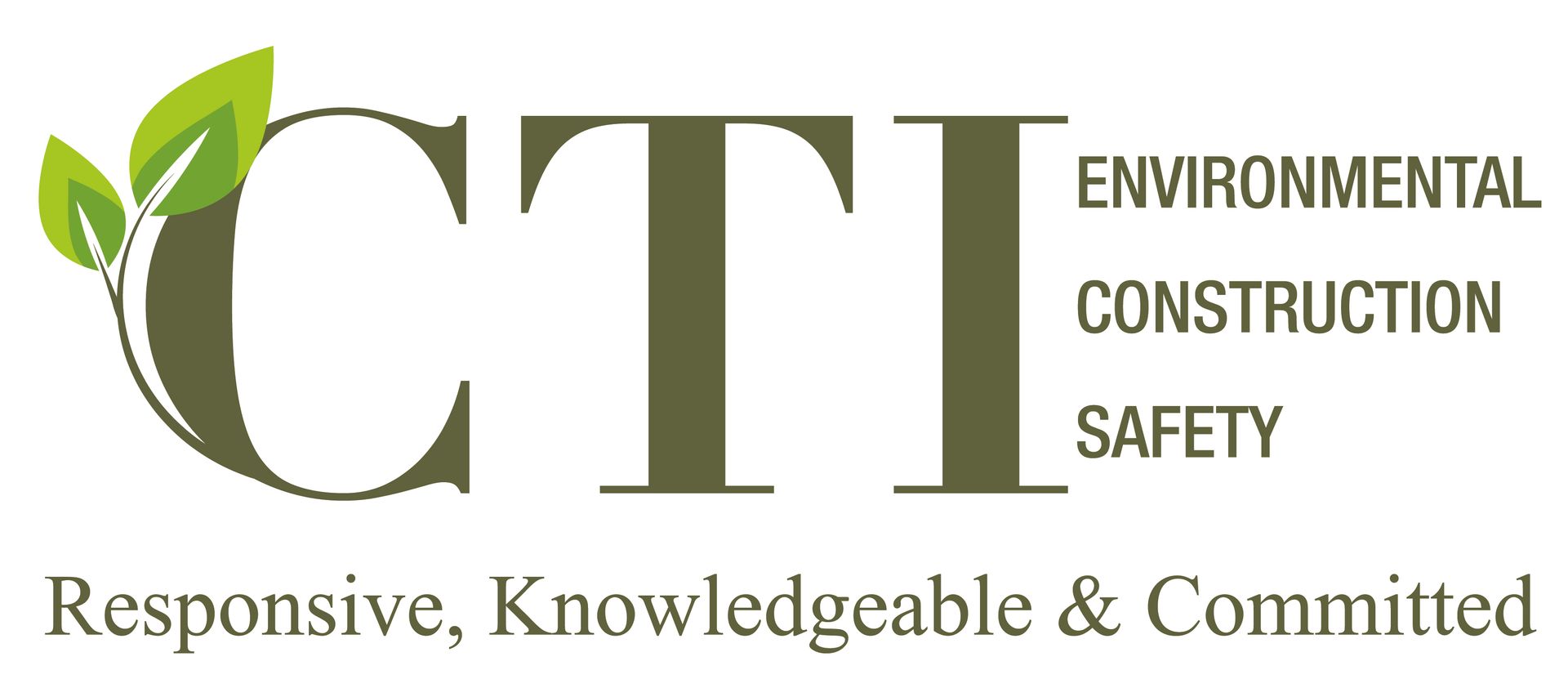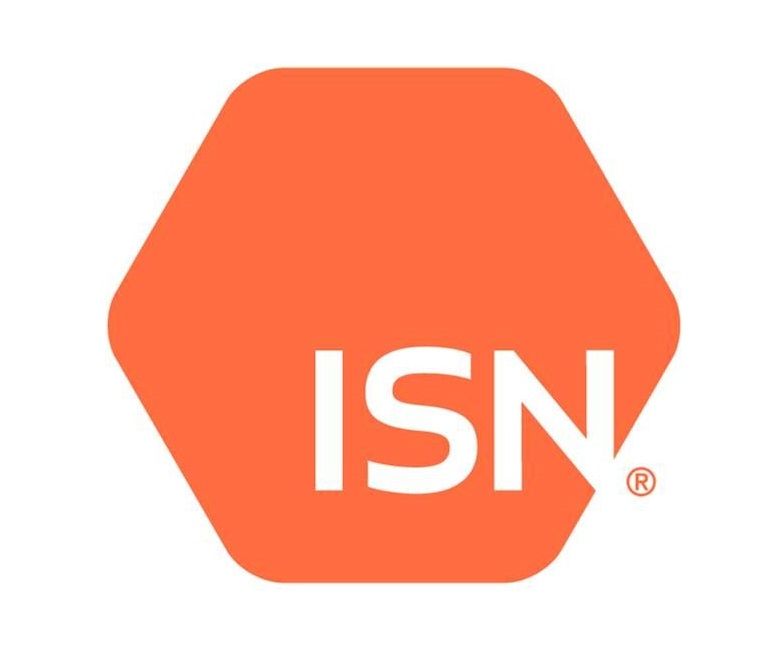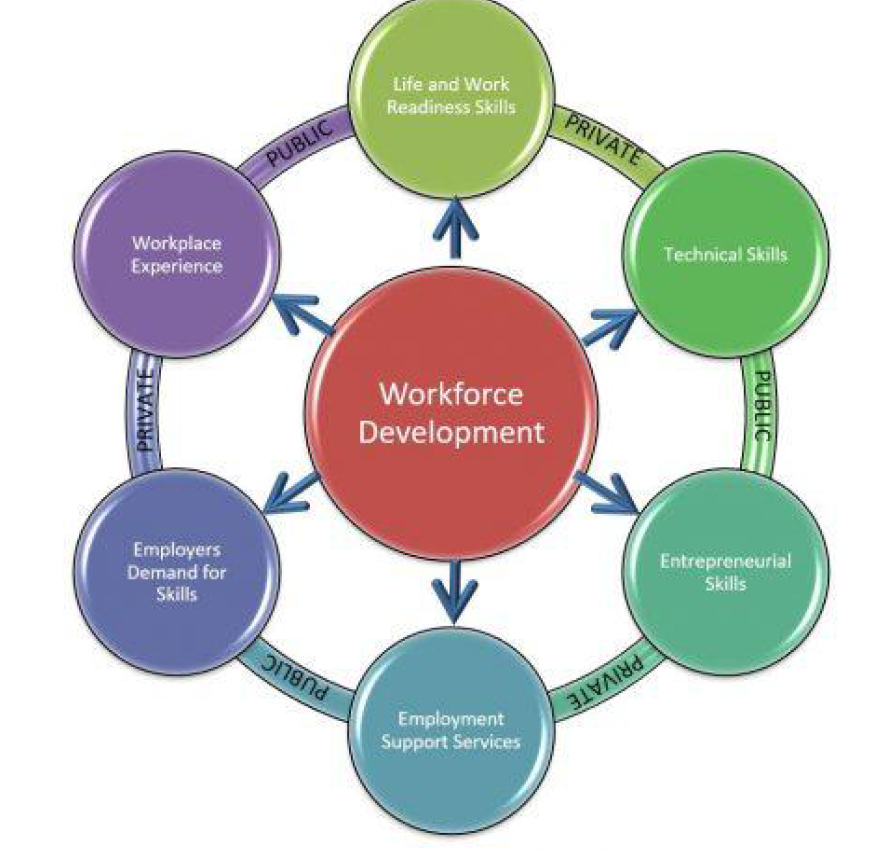Helpful Tips For Buying Used Equipment For Your Business
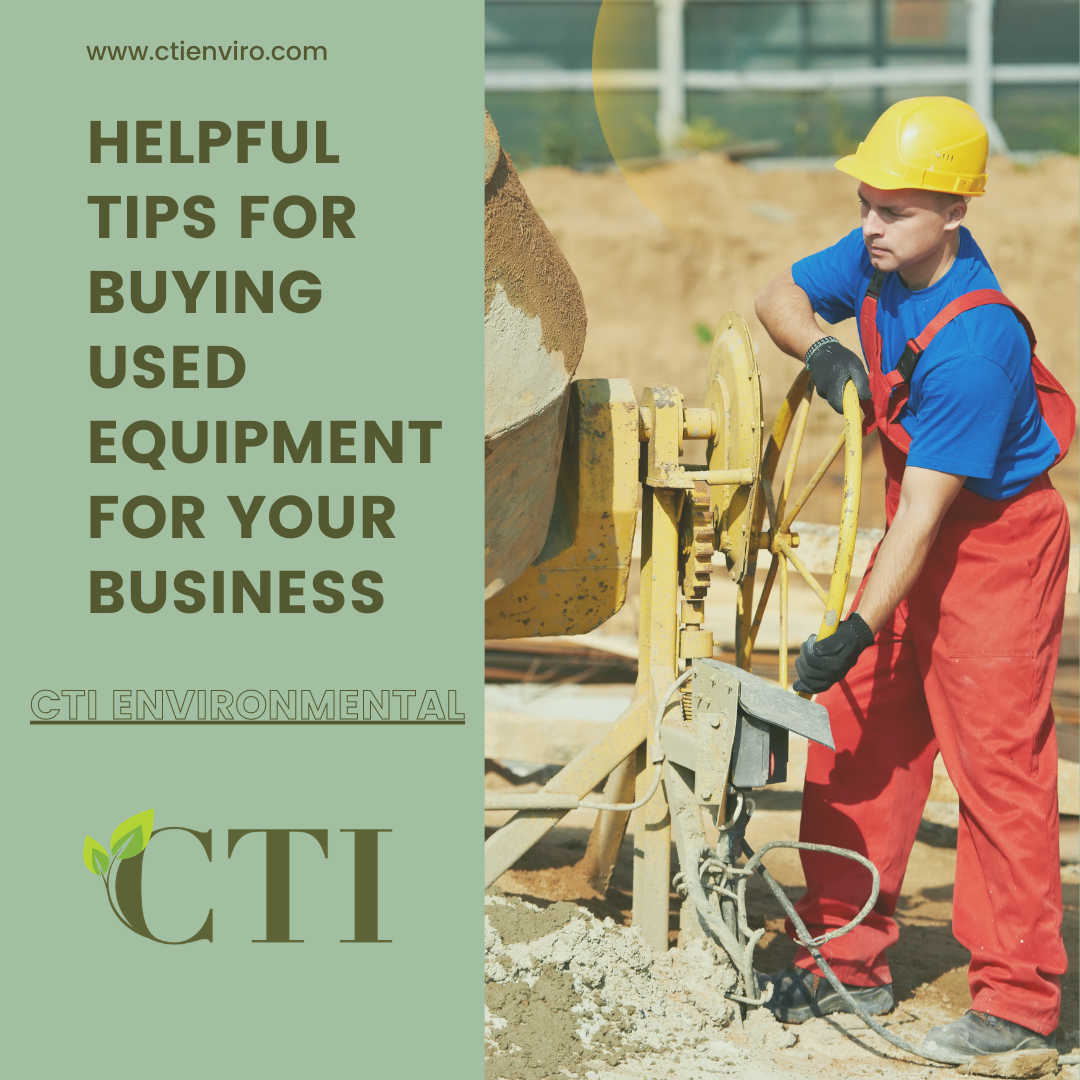
As a business owner, you probably look for ways to save money where you can. One of these might be to invest in new-to-you commercial or industrial equipment to help keep your business moving without a huge price tag. Before you lay down your cash, there are some important things to consider. A few of the most critical are:
If the seller is reputable.
It is possible to find virtually anything you want online these days. Unfortunately, because of the anonymous nature of the internet, not all sellers actually have good intentions. The last thing you want is to spend your hard earned money on equipment that is too weary to do the job, missing parts, or otherwise defunct.
Before you contact an individual or company with whom you do not have an established relationship, do your homework. Check public records and websites that are dedicated to consumer problems. You can also search the Better Business Bureau to see if the company is listed with any trade organizations and read their reviews.
The shape of the equipment.
Not all equipment is created equally. Depending on what you're buying, you might be able to find a bargain on a piece of machinery that still has lots of life left. Stamping Journal notes that things like stamping tools can take years’ worth of abuse before needing any major repairs. Purchased used, this type of equipment may only need a quick tune-up and to have their nameplate replaced.
Name plates are crucial because they contain safety warnings, equipment data, and other pertinent information. Choose a heavy-duty brand that won't fall off in harsh warehouse conditions or with use and handling.
Keep in mind that printers and other office equipment may only have a functional lifespan of two to four years. Anything older than this might not be worth the price, even if it’s used.
Whether or not you can see it in person.
If a seller insists on taking money upfront before you’ve had a chance to inspect the equipment , run! Chances are you’re in for trouble. Ideally, you’re invited to see the equipment in action so that you can evaluate its capabilities in a real-world environment.
Does the equipment have a clear title?
Depending on what you are buying, your equipment may be titled. This means there is a paper trail that follows it from production to the marketplace and shows ownership at all stages of its life. If you are interested in a non-titled piece of machinery, First Capital Business Finance recommends asking for a proof of purchase and proof that the original loan has a zero balance. If the seller still owes money, the title cannot be transferred without paying it off.
Where to buy business equipment
For industrial machinery (and some office equipment), your best bet is to look for similar local establishments that are going out of business. But for everything else, marketplaces , such as Amazon, eBay, and Aucto are great options. You can also look around for companies that broker these types of transactions. Gator Chef recommends signing up for a dealer email list if you’re searching for used restaurant equipment.
Finding help
You may find that your business may need additional help installing or running your recently purchased equipment. Here are a few professionals that can help:
●An electrical engineer can provide expertise in anything from electrical motors to communication systems, including computers, robots and consumer electronics. An experienced electrical engineer may command higher fees but also work faster, have more-specialized areas of expertise, and deliver higher-quality work, whereas a contractor still building a client base may price their services more competitively.
●An IT professional can install and build hardware for computer systems.
●A warehouse manager will fully understand how to utilize warehouse equipment efficiently and effectively.
Utilizing a payroll and time-tracking system for your construction crew is important too, and not just for ensuring everyone is paid on time. A solid system geared toward payroll for construction crews and other off-site staff boosts worker accountability and makes it easier to determine more approximate project costs. Your crew also has the added benefit of being able to track their time and compensation through a mobile app.
Only you know what your business needs and what you can afford. Buying used is always a risk, but it is one that might be worth taking if you do your homework and get a great deal. But be smart about the process. Always inspect machinery and, just as importantly, verify that your dealer won’t leave you holding a pile of over-used nuts and bolts.
Maintaining safety and compliance is more critical than ever, and CTI Environmental Construction Safety is here to help. Visit our website today to check out our range of services.
